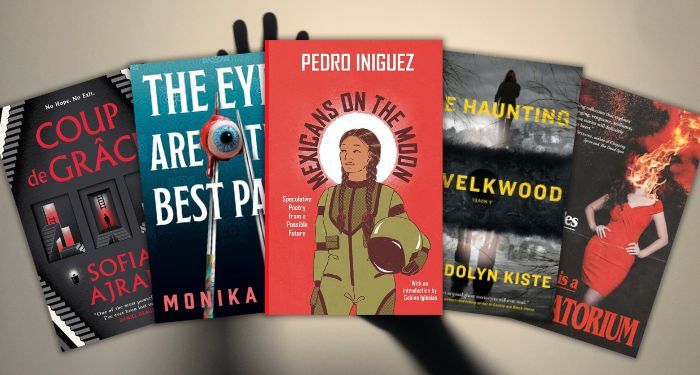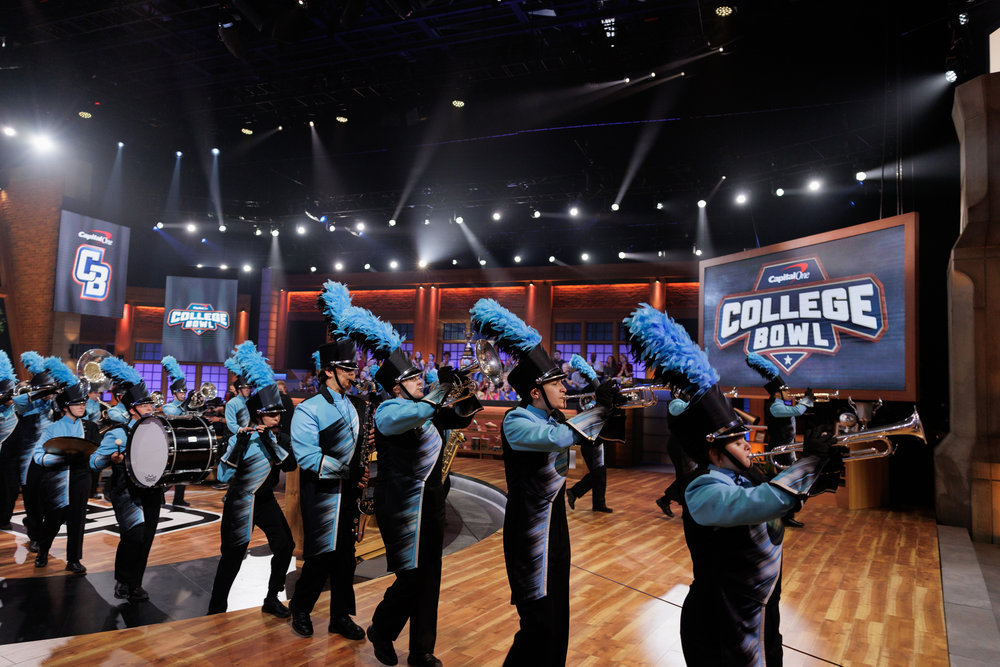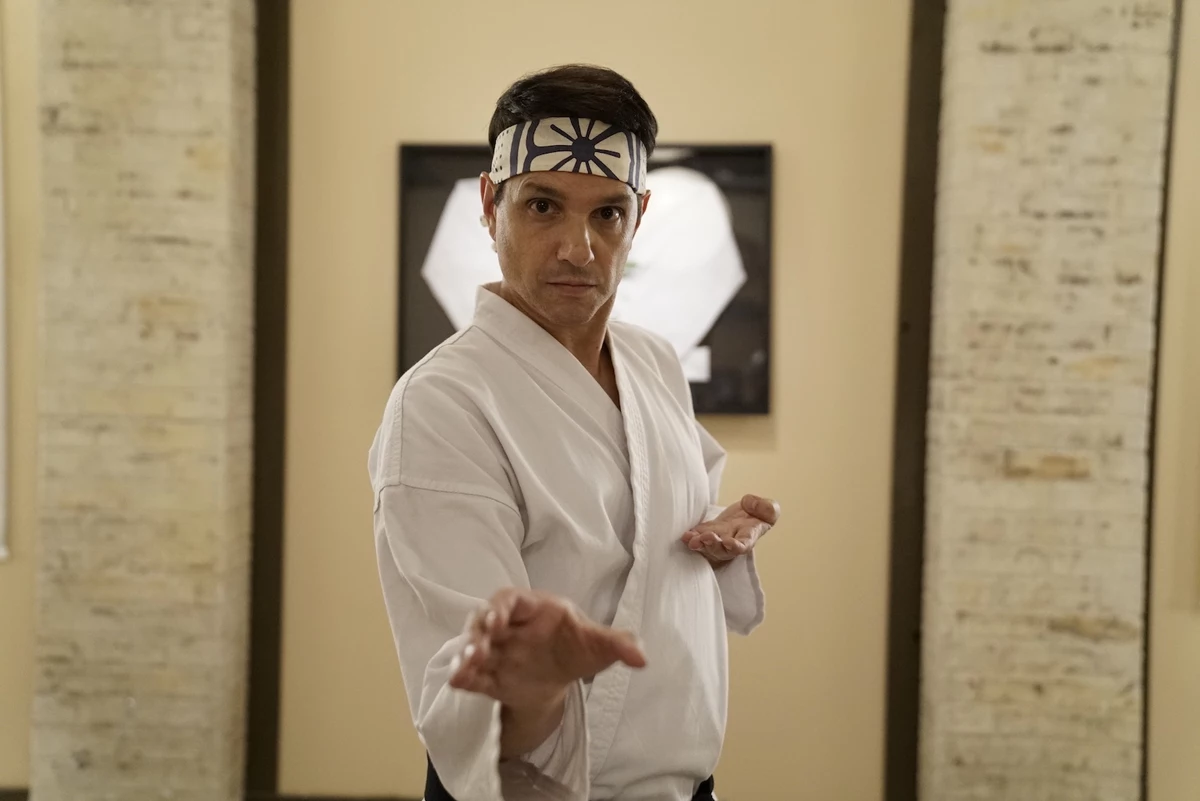Celebrations of all kinds are entertaining to observe because they each have traditions to emphasize their uniqueness. Kandy Esala Perahera (also known as The Festival of the Tooth), one of the oldest and grandest of all Buddhist festivals, which I recently witnessed, is suggestive of the affinity between India and Sri Lanka but also has a distinct aesthetic that is fascinating to observe.
Having said that, while the finale is always sensational with multiple fragments constituting a spectacular display; it’s the backstory that got me pumped up this time, allowing me to comprehensively immerse in the festivities and carry back lifetime learnings. I traveled to Sri Lanka earlier this month to watch the legendary Kandy Esala Perahera, which is staged by temple elephants and traditional dancers. However, before attending the festival, I took a personal tour of the surrounding villages to learn about the variables that contribute to the festival’s success. Among these outings were visits to the elephant costume factory and villages where drums and brassware are made.

Wislan Apparel for elephant costumes
Wislan Clothing in the remote town of Welligalla has been manufacturing elephant costumes for the Kandy Esala Perahera for nearly eight years. During my visit, R.N. Rajapakse, the chairman of Wislan Apparel from Kandy, received me at the factory and disclosed that they have been stitching elephant costumes for the Kataragama and Kandy Esala Perahera for about a decade. It was impressive to discover that the yarns used in these textiles are both Sri Lankan and Indian. Rajapakse said that this endeavour requires hard labour because it takes two months to make the costumes using high-quality materials. The silver and gold needlework is from India, and the rest is Sri Lankan cotton Amu Redi.

The costume is designed, in three layers; cotton, sponge, and a third of velvet adorned with embroidery. A single elephant costume takes three weeks to complete and comprises seven pieces – a whole body costume, two ear coverings, a trunk cover, two side covers, and a back cover. Each of these costumes takes its inspiration from the artwork on the walls of Sri Dalada Maligawa (Tooth Relic Temple), depicting devotees, peacocks, and floral patterns with the lotus symbolising purity. Rajapakse showed me a slew of photographs from prior festivals, most of which were variations on the illustrations I later saw at Sri Dalada Maligawa.
Each outfit weighs between 35 and 50 kg and necessitates the use of about ten lakh thread reels. 200 kgs of threads have been put to use for the 2022 Kandy Esala Perahera alone. Rajapakse asserts that they make a total of 3 + 3 costumes with the same pattern. During the procession, diverse dance forms imaging lifecycles are incorporated, each followed by elephants decked up in apparel suited to that cycle. The lotus pattern is extensively featured on all of the garments, which represents purity as well as conquering adversity because the lotus grows out of the muck to become a magnificent blossom.

Lakshika Gunatilake shed light on Nil Manel (water lily) and other popular floral motifs; they are Buddhist symbols used by Sri Lankans to symbolise life on the whole. The other flower designs exemplify the continuation of the Sansar or the circle of life, which results in soul reincarnation. To end the cycle of Sansar, one must first achieve Nirvana and become enlightened. The Kataragama Devale, for an instance, makes use of peacock impressions, and there are five such Peraheras, each with a unique design.
While meandering around the factory, I noticed many off-white machines labouring to manufacture fabric embellishments with threads in yellow, silver, pink, and red, as well as many other coloured yarns hanging from the weaving looms. Janaka Ores, Nimisha Tushani, and Iresha are among the factory workers who work long hours to create these elephant costumes. I didn’t realise how magnificent these outfits would be until I watched the elephants’ parade later that week, and I can’t even describe how stunning elephants looked in those garments, almost as lovely as a bridal gown.
Kuragala Traditional Musical Instruments Village
Following my visit to Wislan Apparels, we drove for approximately 30-minutes through Sri Lanka’s verdant countryside before arriving at Kuragala, a community famed for its traditional musical instruments on Palkumbura Road. Only fifteen of the village’s fifty families make musical instruments, each having been accredited, by the Ministry of Traditional Industries and Small Business Development. I descended a steep path to visit Jaya Pal’s house, a modest cottage surrounded by avocado trees. Drum manufacture is a speciality of Jaya Pal’s family. The front entrance to a one-story house where the family makes “drums” is drawn by two red Tuk Tuks that are parked there.
There is an open verandah in front, and the family’s achievements are exhibited on a table beneath the numerous deity photo frames that line the wall of a little room on the right. Jaya Pal’s wife greeted us warmly, and soon a swarm of locals gathered nearby, hoping we would photograph them. As Jaya Pal and I plunged into the village on a winding path, the actual workshop showed up after a few minutes. Coconut, banana, and palm trees dominate the lush foliage around this modest workshop underneath a hut. He is joined here by two other villagers as they create drums out of natural tree blocks. Here you can obtain an up-close look at the process of making a Kandyan drum, also known as a Geta Beraya or Udarata Beraya in Sinhalese.
It is known as a “hill country drum” because of its barrel-like shape. As I saw the workers smoothing the surfaces of jackfruit wood (Kos) with a handcrafted drum shaper, Jaya Pal informed me that these drums are also fashioned from Kohomba (Neem) and Milla wood. Their flange assembler was a rotating piece of machinery delicately balanced on a double-edged wooden block, with a wooden wheel cart supporting one of its sides. The final drum is made using locally made flange nailers, centre holes and plate hole machines, circle cutting and grooving machines, tie rod holes and pinhole machines, and cable hole makers. The Geta Bera is a double-headed drum with a length of exactly 26.3 inches and a maximum circumference of 33.46 inches in the centre. Jaya Pal illustrated how a drum is assembled after taking me through the process of drum making.
To make discordant tones, Jaya Pal covered the two drum heads with cow skin and goat skin. Then he demonstrated how to play the drum with both hands while it hung by a rope from his waist. I have to confess that the Kandyan drumming style stands out from the equally virtuoso Indian classical music. Kandyan drumming is discerned, by its periodic laconic tempo alterations and highly erratic rhythmic patterns that ebb and flow in a string of melodic onslaughts.
During the grand presentation at the Kandy Esala Perahera later in the week, I caught various bands playing the three varieties of drums. They accompanied dancers who wore the same traditional clothing as Kandyan drummers, having a white headpiece, a breastplate, a large waistband, and a gushing sarong. Noteworthy musical notes are honoured by a simultaneous head shake that sends the turban’s topknot flying through the air in a compassionate trim. The drummers’ near-clairvoyant coordination was dazzling and instantly threw me into a trance.

Making of Brassware in Pilimathalawa
On one of the other days of my visit, before attending the Kandy Esala Perahera, I went to the brothers Vasindha and Kumar’s workshops in the neighbouring village of Pilimathalawa to see how the temple brass pieces are made. Sri Lankan temple rites, like those in India, rely heavily on brassware. Because of its gold-like appearance, brass has long been a favoured decorative material. Brass is commonly used to build musical instruments and temple accessories because of its durability, low melting point, and thermal conductivity. Brass is often employed where corrosion resistance and low friction are necessary, such as in lamps, locks, hinges, musical instruments, horns, and bells, according to Vasindha.
They use Brass to create musical instruments whose acoustic resonators are long, thin tubes, frequently folded or coiled for compactness due to substantial malleability and acoustic qualities. Vasindha and Kumar work together in two workshops to make a range of brass instruments. “One piece takes more than an hour to complete,” Vasindha exemplifies. Raw materials are mingled with molten metal before being allowed to harden during the production process. Depending on the intended outcome, the brass stock is thereupon employed in a variety of ways. These are billets, rods, bars, wires, sheets, and plates. The required material thickness is what differentiates brass sheets, plates, foil, and strips!

Because it removes material from a central design block or workpiece to achieve the intended result or outcome, machining is a subtractive manufacturing technique. During pre-machining, a roughing operation is performed to swiftly remove a considerable quantity of material and produce a part with a geometry close to the required shape. The Kandy tooth relic temple is one of many temples that feature Vasindha and Kumar’s brassware. My brass pilgrimage concluded at their Lakwimana Store on Gadaladeniya Road, where one may buy brass items made by the two brothers. But it wasn’t until I visited the Tooth Relic Temple and Esala Perahera in August second week and saw each of these brassware bathed in Lord Buddha’s devotion that the real enchantment ensued.

Seeing the temple’s brassware; listening to percussionists play Kandyan drums, and then watching elephants parade in their gorgeous outfits was a dream. Buddhism has a lot more magic than you will ever know, and Kandy Esala Perahera is one place to glimpse it.
Written by Veidehi Gite.
Have you read?
Best Business Schools In The World For 2022.
Best Fashion Schools In The World For 2022.
Best Hospitality And Hotel Management Schools In The World For 2022.
Best Medical Schools In The World For 2022.
The World’s Best Universities For Doctor of Business Administration (DBA), 2022.
Track Latest News Live on CEOWORLD magazine and get news updates from the United States and around the world.
The views expressed are those of the author and are not necessarily those of the CEOWORLD magazine.
Follow CEOWORLD magazine headlines on: Google News, LinkedIn, Twitter, and Facebook.
Thank you for supporting our journalism. Subscribe here.
For media queries, please contact: info@ceoworld.biz










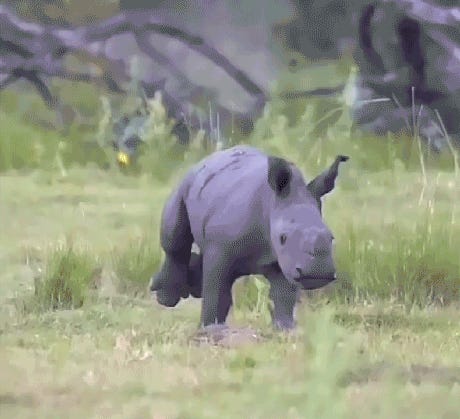














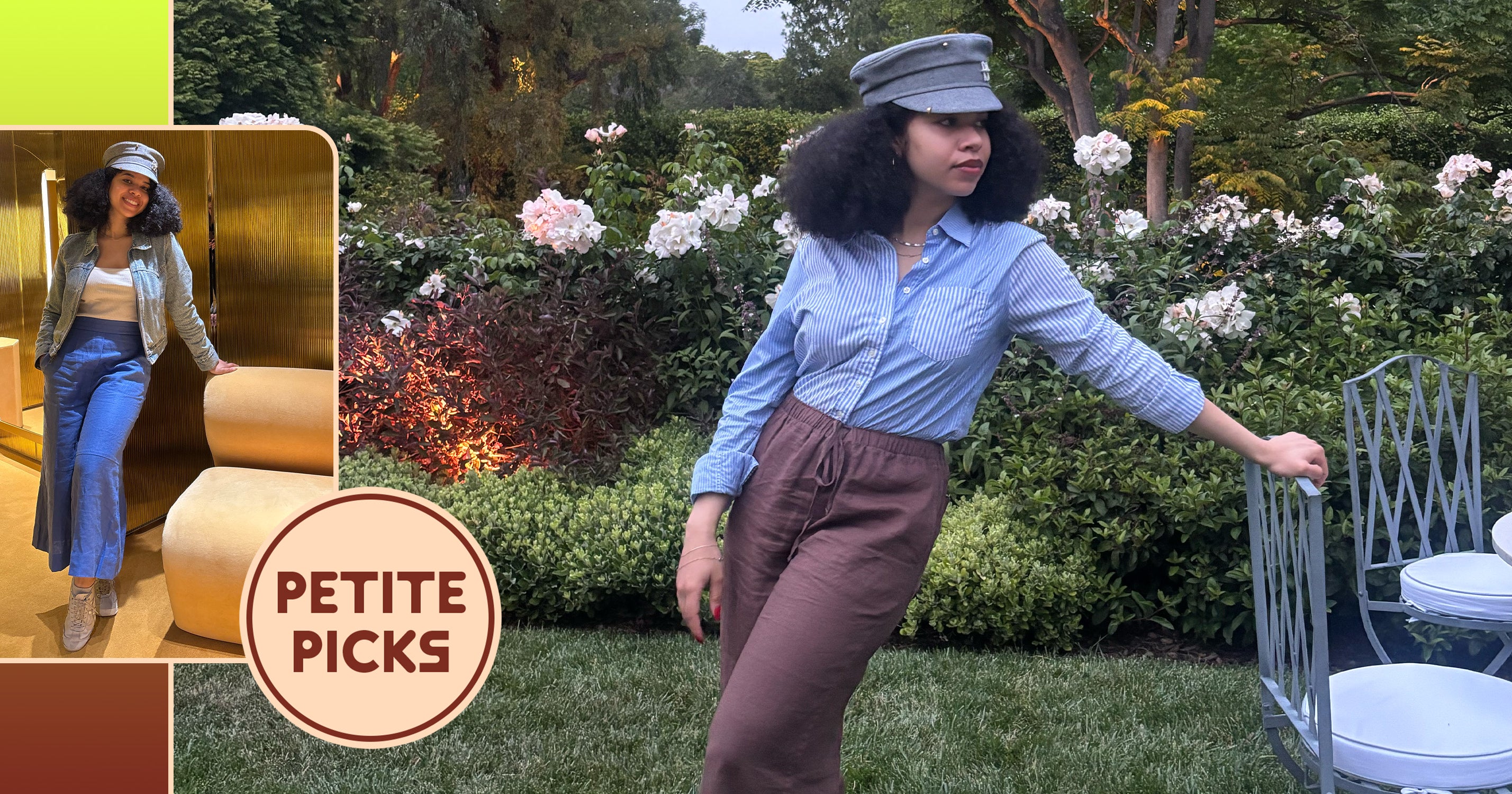
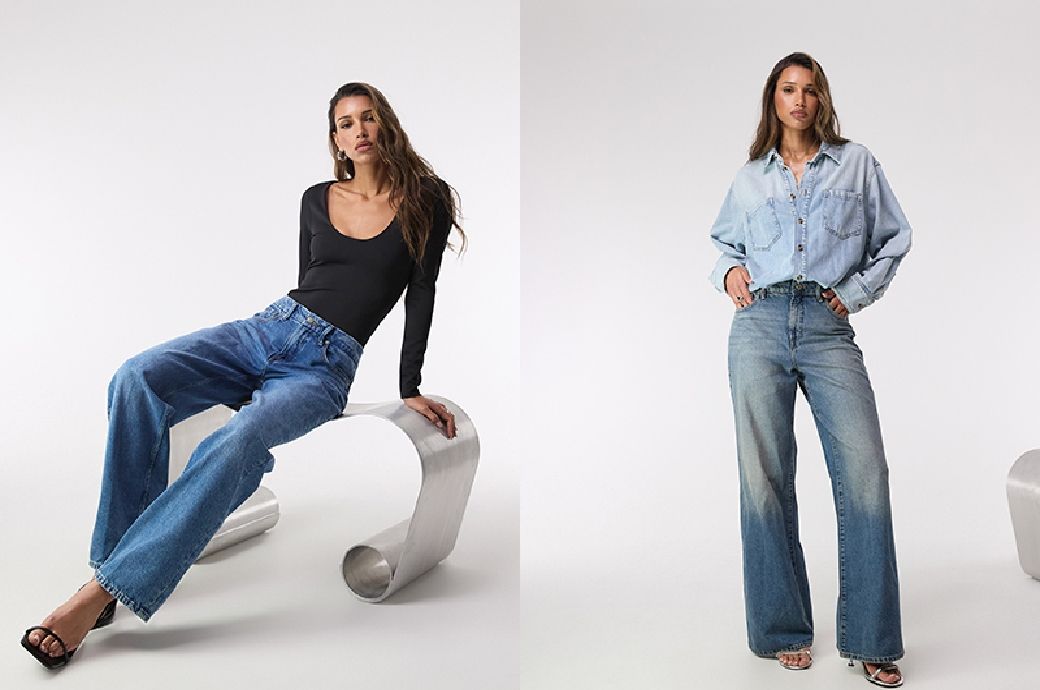















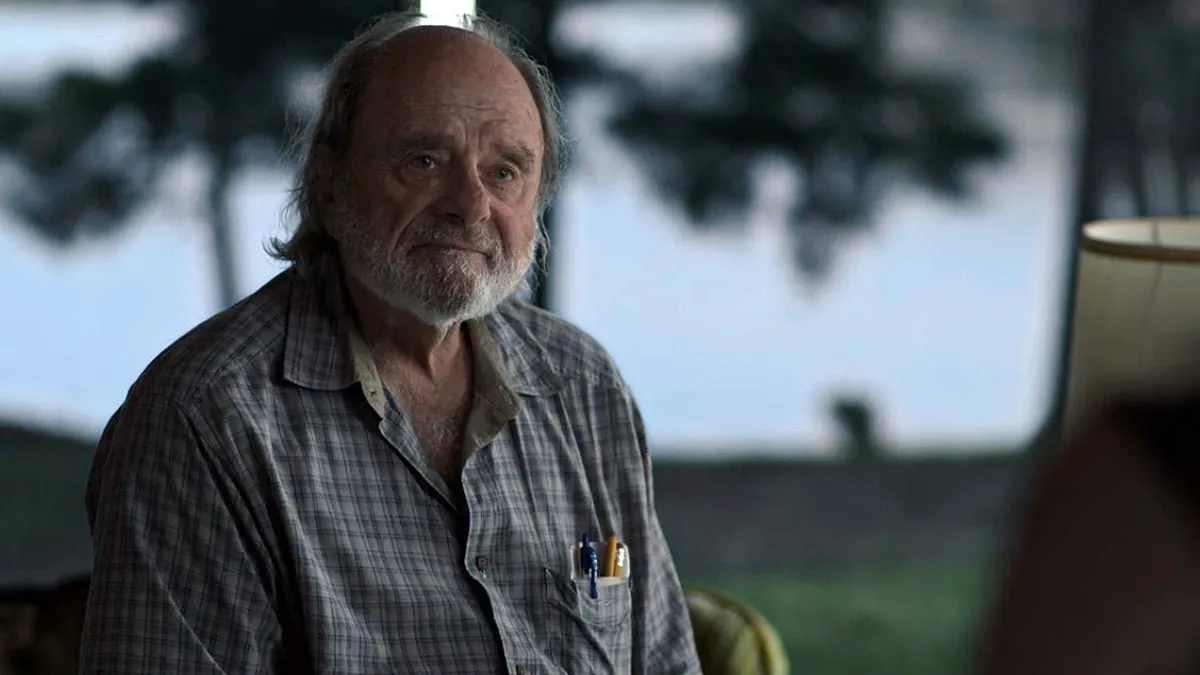








![[Oops! Corrected Link] Read Harder 2025 Halfway Check-In Survey [Oops! Corrected Link] Read Harder 2025 Halfway Check-In Survey](https://s2982.pcdn.co/wp-content/uploads/2025/06/read-harder-2025-check-in-survey.jpg.optimal.jpg)


